If your cat is not peeing, they might have a medical problem. Cats may have difficulty peeing when there's something wrong with the kidneys or lower urinary tract. The most serious of these is urinary obstruction, which is an emergency. Find out why your cat isn't peeing and what to do about it, including when to contact a veterinarian.
Why Is My Cat Not Peeing?
Cats may have difficulty urinating when there's a physical problem in the urinary tract, which includes the kidneys, ureters, bladder, and urethra.
Urinary Obstruction
A urinary obstruction occurs when the urethra becomes blocked and urine cannot pass. This may be caused by sediment or crystals in the urine and/or inflammation in the urinary tract. Urinary obstructions are far more common in male cats than in female cats. This is because the urethra is long and narrow in males. Tiny amounts of sediment, mucus, or tissue inflammation can obstruct the urethra and make urination difficult or even impossible.
If a cat cannot urinate, the kidneys cannot perform their essential function of filtering toxins out of the blood and excreting them in the urine. Toxin levels in the body increase, making the cat very sick. Without medical attention, a blocked cat will eventually die.
Cats with urinary obstruction may or may not also have concurrent urinary tract infections. A urinary tract infection may be the cause or the result of the obstruction.
Urinary Tract Infection
Urinary tract infections in cats are caused by bacteria that invade and irritate the sensitive tissues of the urinary system. A UTI can cause a urinary obstruction or kidney problems that affect a cat's ability to make urine.
UTIs alone typically make cats pee more, not less. However, your cat may hold their urine if it's painful to pee. Many cats with UTIs will avoid the litterbox and seek alternative locations to pee.
Cystitis
Cystitis refers to inflammation of the bladder. It can cause cats to urinate inappropriately and may lead to a UTI or obstruction. In cats, cystitis is sometimes ruled 'idiopathic,' meaning there is no known cause. Cats with cystitis typically pee more than usual, but some may experience uncomfortable urination and avoid the litter box.
Kidney Disease
Normally functioning kidneys use water in the body to create urine, filter toxins from the bloodstream, and flush the toxins out of the body. Kidney disease causes progressive damage to the kidneys, eventually stopping them from making adequate amounts of urine.
Cancer
Cancer can affect any part of the urinary tract. A tumor may develop and grow large enough to cause a urinary obstruction. Some forms of cancer can impair the kidneys so they cannot produce urine, even if the cancer did not originate in the urinary tract.
Signs Your Cat Is Having Trouble Peeing
Cats tend to hide illness as a survival instinct, so a lack of urine may be the only obvious sign of a problem. Look for additional signs that may help you figure out why your cat is not peeing.
- Multiple trips to the litter box with no pee
- Straining to pee with no urine
- Lethargy
- Increased drinking
- Poor appetite
- Vocalizing or pacing
- Hiding and avoiding contact
These signs all point to a urinary tract problem. If your cat has been to the box several times but the litter is dry or has no clumps, then it's likely he is not passing urine. Check outside the litterbox and around the house for accidents. If you see your cat straining with little or no urine coming out, then he is probably blocked.
Cats with urinary problems may show these signs before becoming blocked. If your cat has been urinating outside the litter box for the last few days or you notice blood in the urine, bring your cat to the vet to help prevent an obstruction.
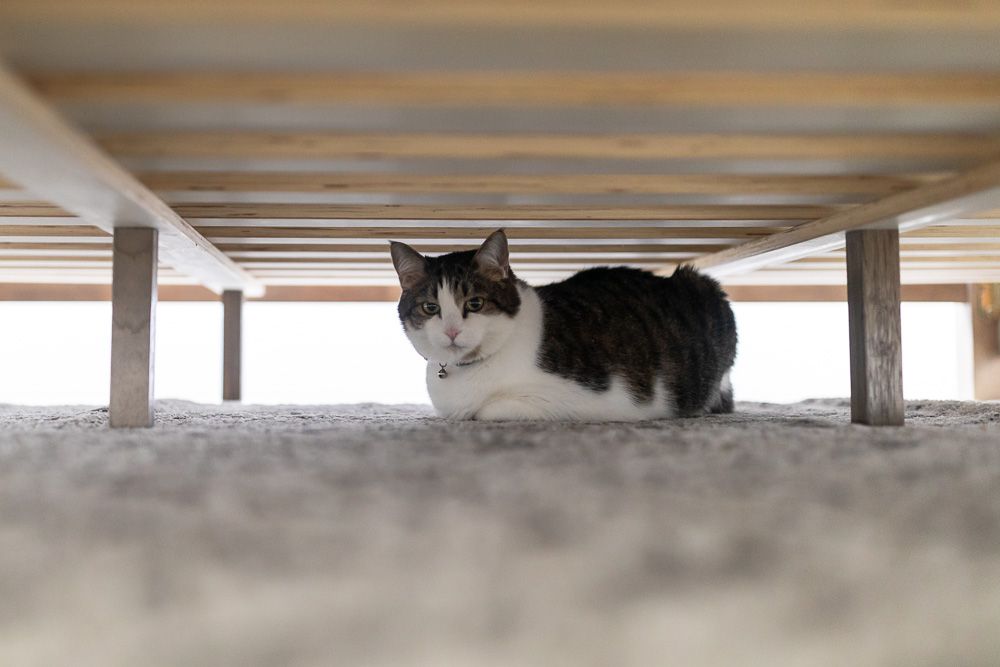
The Spruce / Ana Cadena
What to Do If Your Cat Can't Pee
If your cat is not peeing but acting normal, double-check the house for hidden places where they might have urinated and watch for other signs of illness. If there's no evidence of urination for the last day, bring your cat to a veterinarian immediately, even if they don't seem sick.
When you arrive at the vet, be sure to let them know right away that your cat can't urinate. A cat with a urinary obstruction typically has a large, firm bladder that can be felt easily by a professional. The bladder feels this way because it is overfilled with urine that has no way out. Without treatment, the bladder may rupture. Or, the toxin buildup and kidney dysfunction will lead to death.
Warning
If your regular veterinarian is closed, you should bring your cat to the nearest open veterinary hospital, even if it means going to an emergency clinic. A blocked cat will die without veterinary treatment, possibly within 24 hours.
Treatment for Cats Who Are Not Peeing
The proper treatment for a cat who can't pee will depend on the cause, but your cat will likely need to be hospitalized for a few days to receive intravenous fluids, medications, and diagnostic tests. Your veterinarian may refer you to a 24-hour facility for constant care. Some cases may necessitate a referral to a specialist, such as cancer.
Urinary Obstruction
If your cat is blocked, a vet will need to place a urinary catheter to remove the obstruction. This is done under sedation or anesthesia for your cat's safety and comfort. Placing a urinary catheter can be very difficult to do when there is material blocking the urethra, so it can take several attempts to pass the catheter.
Once the urinary catheter is in, the vet will collect a urine sample and then flush out the bladder with sterile saline. A urinalysis will be run to look for blood, crystals, signs of infection, and other abnormalities. The cat will need intravenous fluids to flush out toxins and clear debris from the bladder. The urinary catheter will stay in place for a few days to prevent re-obstruction.
Cats with urinary obstructions typically need to stay in the hospital for a few days for treatment and observation. The vet may treat your cat with pain medications, anti-inflammatories, antibiotics, and/or other medications to help with recovery. The exact treatment depends on the cat's signs and the results of lab tests.
Before sending kitty home, the vet will remove the urinary catheter and observe the cat to make sure he can urinate on his own. Your cat may be sent home with medications and/or a special diet depending on the underlying cause of the blockage.
Male cats that continue to get blocked may need special surgery to enlarge the urethra, called a perineal urethrostomy. The vet removes the penis and creates an opening for urination. As gruesome as it may sound, this surgery can majorly improve a cat's health and quality of life if he struggles with obstructive urinary issues.
How to Prevent Urinary Problems in Cats
Some cats are genetically predisposed to urinary problems, but there are steps you can take to prevent these.
- Bring your cat to the vet for annual or biannual exams as recommended by your vet. Subtle problems may be discovered on a routine exam and handled before your cat gets sick.
- Contact your vet at the first sign of a urinary problem (or any health issue).
- Feed your cat a balanced moist (canned) food because it maintains hydration and minimizes mineral content.
- Make sure your cat has fresh, clean water available at all times.
- Keep the litter box clean and fresh so your cat won't hold his urine longer than necessary.
- Prevent your cat from becoming overweight.
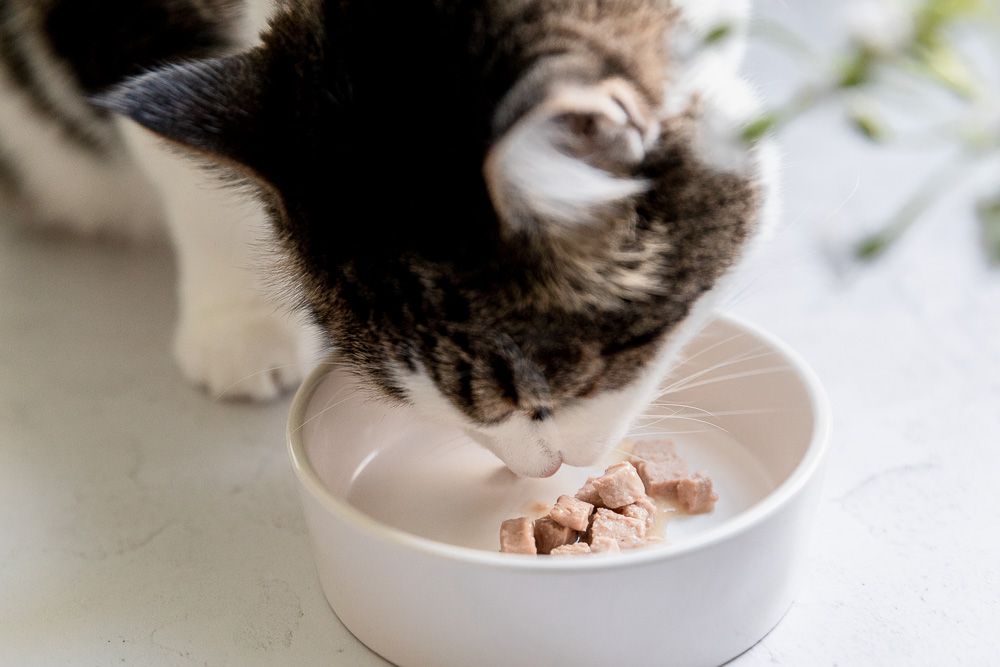
The Spruce / Ana Cadena
Related Article
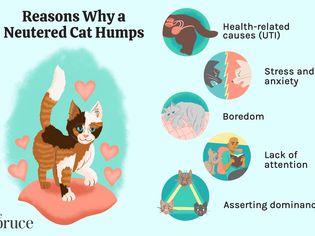
Cat Humping: Why a Neutered Cat Still Mounts
Cat humping isn't uncommon, even for neutered male cats. They'll hump other cats (and even
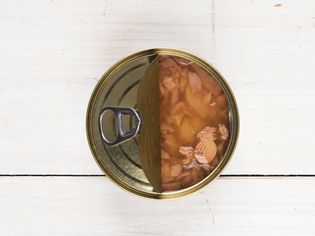
Can Cats Eat Tuna?
It’s no secret that cats love fish—the fishier, the better. Tuna is a quintessential cat treat,

5 Reasons to Check Cat Food Expiration Dates
When companies are issuing recalls on cat and dog food, pet owners are rightly concerned about the
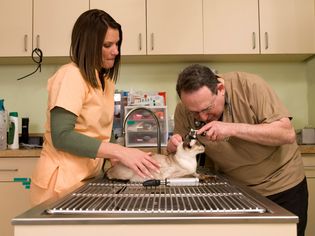
How to Prepare Your Cat for an Annual Veterinary Exam
Cats are not low-maintenance pets. They require the same loving care as dogs, pet birds, and exotic

What Do You Feed a Stray Cat?
It's natural to want to care for stray cats that hang around your home. It may be easy to simply pu
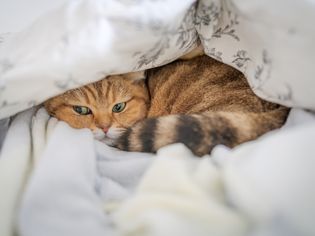
Vestibular Disease in Cats
Vestibular disease affects your cat's nervous system and causes incoordination and trouble b

How to Burrito a Cat and Avoid Feline Fussiness
Have you ever tried to handle your cat only to have it turn into a wiggly ball of claws and teeth?
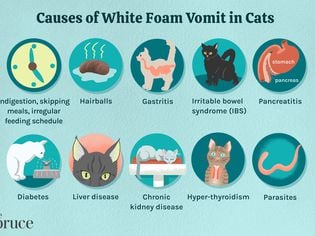
What to Do if Your Cat Is Vomiting White Foam
Cat vomiting can be a too-frequent occurrence. Most of the time, your cat vomits out a hairball or
About FleaFree Feline
We are a premier digital platform committed to delivering high-quality content to our readers. Our mission is to provide accurate, reliable, and engaging information that adds value to our audience's daily lives.
Our team consists of experienced content creators and subject matter experts who uphold the highest standards of professionalism. In an era of information overload, we curate content with care, ensuring our users receive only the most relevant and trustworthy information.
Beyond just reporting facts, we focus on depth and context. Through expert analysis, comprehensive research, and clear presentation, we help our audience gain meaningful insights and make informed decisions.
We take pride in being a trusted information source for our growing community of readers. Our user-first approach means we continuously adapt to provide content that meets our audience's evolving needs and interests.
Innovation and excellence drive everything we do. We're committed to improving our platform and services to deliver the best possible experience for our users.

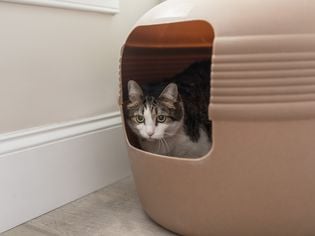
Comments on " Cat Can't Pee? Here's What to Do" :